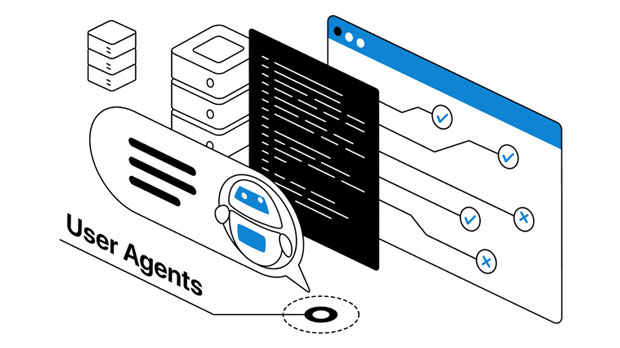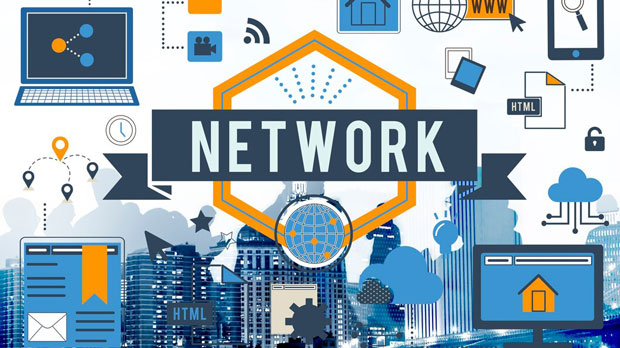Is a Free and Fast SOCKS5 Proxy Suitable for P2P File Sharing?
The use of socks5 proxies has gained significant popularity among individuals engaged in Peer-to-Peer (P2P) file sharing. With the rise of torrenting and other P2P technologies, users are constantly searching for ways to enhance their online anonymity, bypass restrictions, and optimize speeds. One option that frequently comes up is the use of free, fast SOCKS5 proxies. However, while they may seem like an attractive solution, it's important to assess whether such proxies are truly suitable for P2P file sharing, considering factors such as speed, security, and reliability. In this article, we will explore these key aspects in depth and determine whether free SOCKS5 proxies meet the demands of P2P file sharing effectively. Understanding SOCKS5 Proxies and Their Role in P2P File SharingSOCKS5 proxies serve as intermediaries between the user's device and the internet, forwarding data packets to the target server. Unlike traditional HTTP proxies, SOCKS5 operates at a lower level in the network stack, which allows it to support a wider range of protocols, including P2P traffic. For P2P file sharing, this means that SOCKS5 can route traffic from applications like torrent clients without imposing the same limitations as standard proxies.In a typical P2P file sharing setup, users connect to a decentralized network of peers, where they download and upload files directly from and to other participants. The use of a socks5 proxy in this context helps mask the user's IP address, offering an additional layer of privacy. However, whether free, fast SOCKS5 proxies are ideal for this type of activity depends on several important factors.Factors to Consider When Using SOCKS5 Proxies for P2P File Sharing1. Speed and ReliabilityOne of the primary concerns when using any proxy for P2P file sharing is speed. File sharing, especially when dealing with large files, requires a fast and stable connection. Free SOCKS5 proxies, while often marketed as "fast," typically struggle with maintaining consistent performance. Since they are free, the infrastructure behind them is often overloaded with users, leading to slow download and upload speeds.In contrast, paid proxies generally provide better speed stability and higher bandwidth allocation, which is crucial for P2P activities. Free proxies are often shared among many users, resulting in network congestion and slower speeds, which can significantly hinder the file sharing experience.2. Security and AnonymityThe primary appeal of using a proxy, particularly SOCKS5, for P2P file sharing is enhanced privacy. SOCKS5 proxies can effectively hide the user’s real IP address, which helps reduce the risk of surveillance or monitoring from internet service providers (ISPs), copyright enforcement agencies, or malicious actors.However, the security of free SOCKS5 proxies is often questionable. Free proxies typically lack the robust encryption protocols that paid services offer, making them more susceptible to data leaks, man-in-the-middle attacks, or other security vulnerabilities. Users relying on free proxies may find their personal information exposed or even compromised. Additionally, free proxies are more likely to log user activity, which defeats the purpose of using them for privacy protection in P2P file sharing.Furthermore, the potential for data interception or packet sniffing increases when using a free proxy, which could expose sensitive information such as login credentials, payment details, or files being shared.3. Legal Risks and Copyright ConcernsAnother significant concern when using SOCKS5 proxies for P2P file sharing, especially free ones, is the legal aspect. Many jurisdictions have strict laws governing the sharing and downloading of copyrighted content. While a proxy can help conceal a user’s IP address, it does not eliminate the legal risks associated with P2P activities.Free SOCKS5 proxies often do not offer the same level of legal protection or security as premium options. In some cases, free proxy services may be owned by parties that do not prioritize user privacy or security. These providers could potentially track and log user activities, handing over data to authorities if required. Additionally, using free proxies increases the risk of encountering malicious software or malware designed to harvest data from unsuspecting users.Users who wish to protect themselves from legal and security risks should be cautious when using free SOCKS5 proxies for P2P file sharing, as they may not provide the level of protection necessary for safe and legal use.4. Proxy Server Location and Speed VariabilityAnother factor to consider is the geographic location of the proxy server. The location plays a critical role in both speed and accessibility. Free SOCKS5 proxies often have limited server locations, and the servers themselves are usually shared among numerous users. As a result, users may experience slower speeds due to server overload or be unable to access specific content due to regional restrictions.On the other hand, premium SOCKS5 proxy services often allow users to select from multiple server locations, providing more flexibility and potentially faster speeds. This feature is particularly useful for P2P file sharing, where users often need to connect to peers located in various parts of the world. 5. Proxy Anonymity and TrustworthinessThe trustworthiness of the proxy service is another essential factor. Free SOCKS5 proxies, in many cases, do not offer guarantees on anonymity. Some providers of free proxies might track your activity or inject ads into your traffic. These practices can compromise privacy and even expose you to tracking by third-party advertisers.Moreover, since free proxies are typically supported by ads or other forms of monetization, users may inadvertently expose themselves to increased tracking and data harvesting. In contrast, paid services usually offer higher privacy standards and more reliable anonymity protections, making them a better choice for P2P file sharing activities.Is It Worth Using Free SOCKS5 Proxies for P2P File Sharing?While free SOCKS5 proxies can provide a degree of anonymity and bypass certain restrictions, they are not an ideal choice for serious P2P file sharing. The speed, reliability, security, and overall trustworthiness of free proxies often fall short of the requirements needed for a smooth and secure file sharing experience.For casual users who only need to perform light, non-sensitive file sharing, a free socks5 proxy may suffice, provided they are aware of the risks involved. However, for those engaged in more frequent or large-scale P2P file sharing, or for users concerned with privacy and security, a paid SOCKS5 proxy service would be a far more reliable and secure option.ConclusionIn conclusion, free SOCKS5 proxies can serve as a basic solution for casual P2P file sharing, but they are far from ideal for ensuring the privacy, speed, and security required for effective use. The limitations and risks associated with free services often outweigh the benefits, making them unsuitable for users who require reliable performance and enhanced anonymity. For those serious about P2P file sharing, investing in a paid SOCKS5 proxy service is strongly recommended, as it offers better protection, faster speeds, and a more secure environment for online activities.
2025-01-07

























































